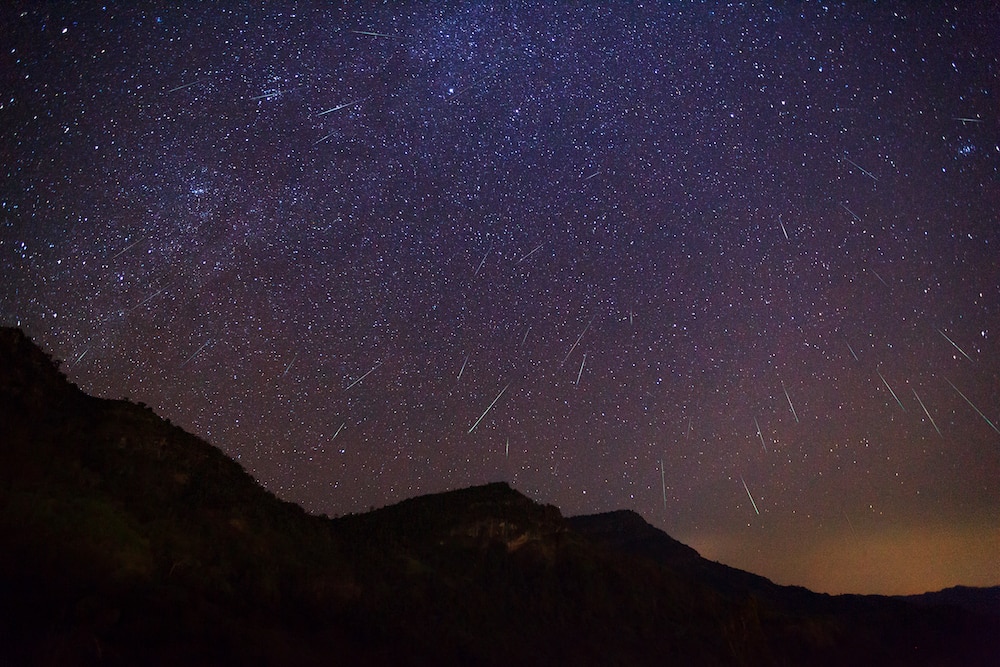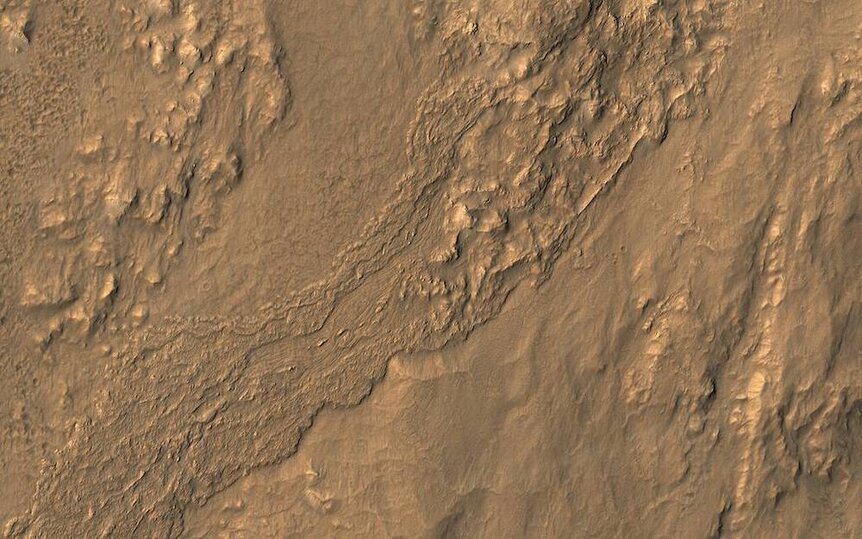Create a free profile to get unlimited access to exclusive videos, sweepstakes, and more!
So that’s where all those Martian meteorites came from (actual Martians not included)
Martian meteorites on Earth are the closest thing to samples from Mars; now we know where they're from.

Until the Sample Return Mission finally lands on Earth with everything Perseverance has gathered — which will be a while — the only way to study a legit piece of Mars is with a Martian meteorite.
Over the past 20 million years, about 166 Martian meteorites are known to have fallen to Earth. What part of the Red Planet this rubble, scattered into space by asteroid collisions, is from was previously unknown. Now a team of researchers from Curtin University have found that the space rocks most likely came from Tooting crater (below). That might mean nothing until you realize Tooting crater is in the Tharsis region, the solar system’s largest volcanic expanse.
Led by scientist Anthony Lagain, the team determined that it was most likely Tooting crater the meteorites came from, and what else that could mean is even more amazing. It is possible that there were volcanic eruptions in the Tharsis region as early as 300 million years ago. They recently published a study in Nature Communications.
“Our study focused on the crater source of one particular group of meteorites, the depleted olivine-phyric shergottites ejected 1.1 million years ago from the surface. Thus the crater we are after is 1.1 million years old," Lagain told SYFY WIRE.
Meteorites known as shergottites have been intensely shocked from the force that managed to blow them off a massive object like Mars. To get to their source, the team put together an exhaustive database of 90 million impact craters that Martian meteorites which made it to Earth could have potentially come from. Our planet doesn’t look as beat up because most of it is covered in water or soil or something else that hides the scars of the early solar system’s violent past. It was secondary craters, which are smaller craters left behind by ejecta from a massive impact, that helped them determine that Tooting crater was where the meteorites most likely went flying from.
Lagain sees these meteorites as time capsules that have preserved the history of the Red Planet, even if it is (literally) in pieces.
"Since Martian meteorites have been ejected from different location with different geological context, knowing where on the surface they are all coming from will allow us to better understand how Mars formed and evolved," he said.
Tooting crater formed from lava flows in the Tharsis region. The shergottites crystallized 330-570 million years ago, when the surrounding land formed. This was more possible evidence that they really were from the Tharsis region. Tooting Crater is the only impact crater there that is a match for both the time the rocks crystalized and when they were ejected 1.1 million years ago, and isotopes found in the shergottites further proved they were volcanic rocks. Tooting crater only formed a million years ago compared to the surrounding terrain, which is at least 308 million years old.
"The characteristics of these meteorites indicate that a superplume deeply rooted in the mantle was active at least over the last 2.4 billion years until 330 million years ago," said Lagain. "This superplume most likely came from the same mantle region close to the core-mantle boundary deep beneath Tharsis."
The escape velocity (minimum speed for an object to break through gravity) on Mars is about 3 miles per second, so no wonder. Before the impact, they are thought to have been forged from molten magma, since they contain minerals like basalt and olivine that are common in igneous rocks on Earth. There were way too many potential source craters to count. Enter the brains of AI.
The research team created a Crater Detection Algorithm (CDA) from another type of AI in order to detect smaller craters (up to 82 feet across) from those 90 million in the database. Images from the powerful HiRISE camera on NASA’s Mars Reconnaissance Orbiter were fed to the program so it would know what to look for. Secondary craters that radiated out from Tooting Crater showed that these were the most likely sources of most Martian shergottites that have been found on Earth, first blasted from those sites around a million years ago. It might be an ideal place to look for lava tubes that are being considered as habitats for future Mars-tronauts.
"Interpreting this huge amount of data, particularly very high-resolution images of the surface, exceeds human capacity," Lagain said. "Machine learning-based algorithms are [used] now for mapping small structures, including impact craters, at a global scale."
Mars might still be volcanically active deep beneath the surface, though nothing has erupted in eons. Just remember that if you ever get into space tourism.



























